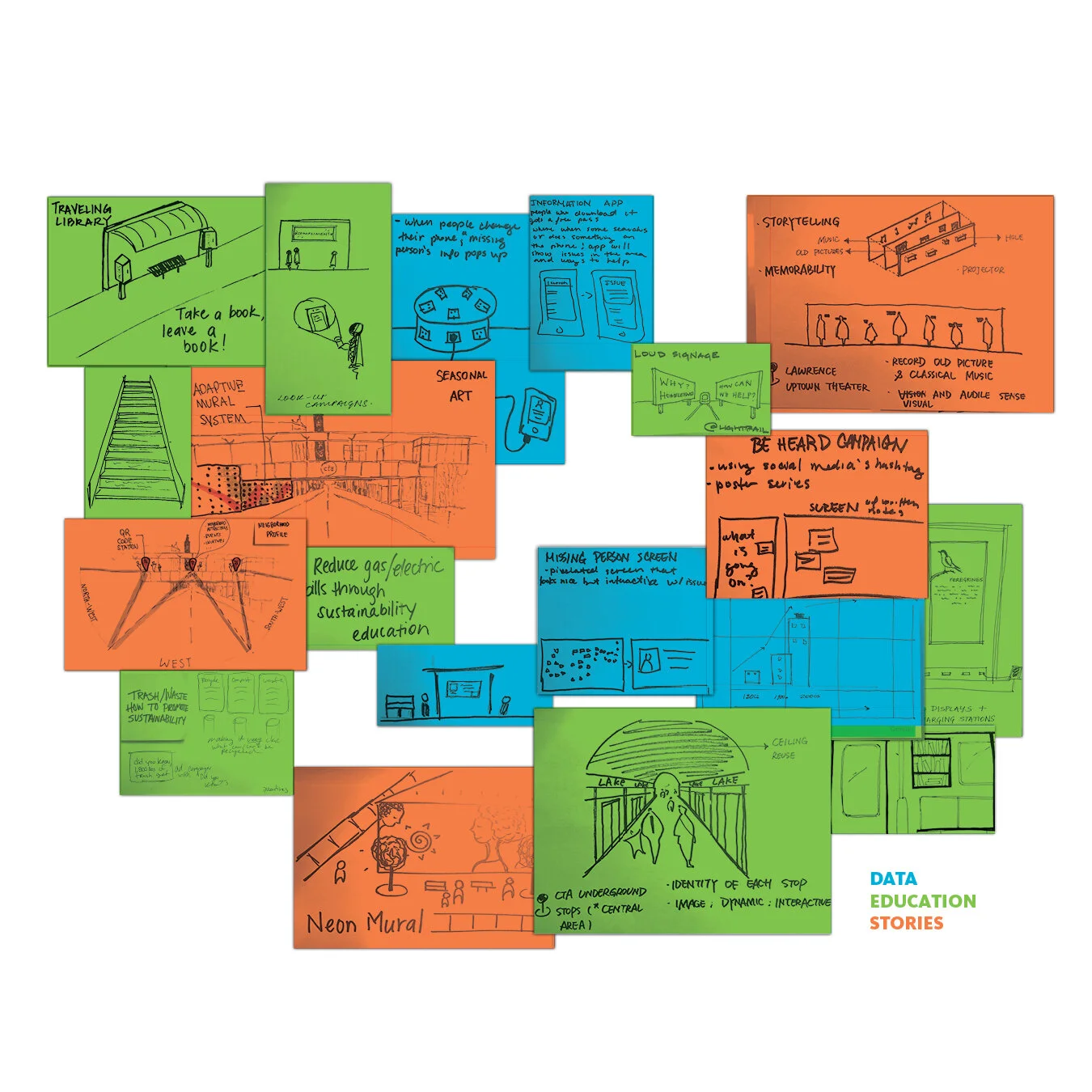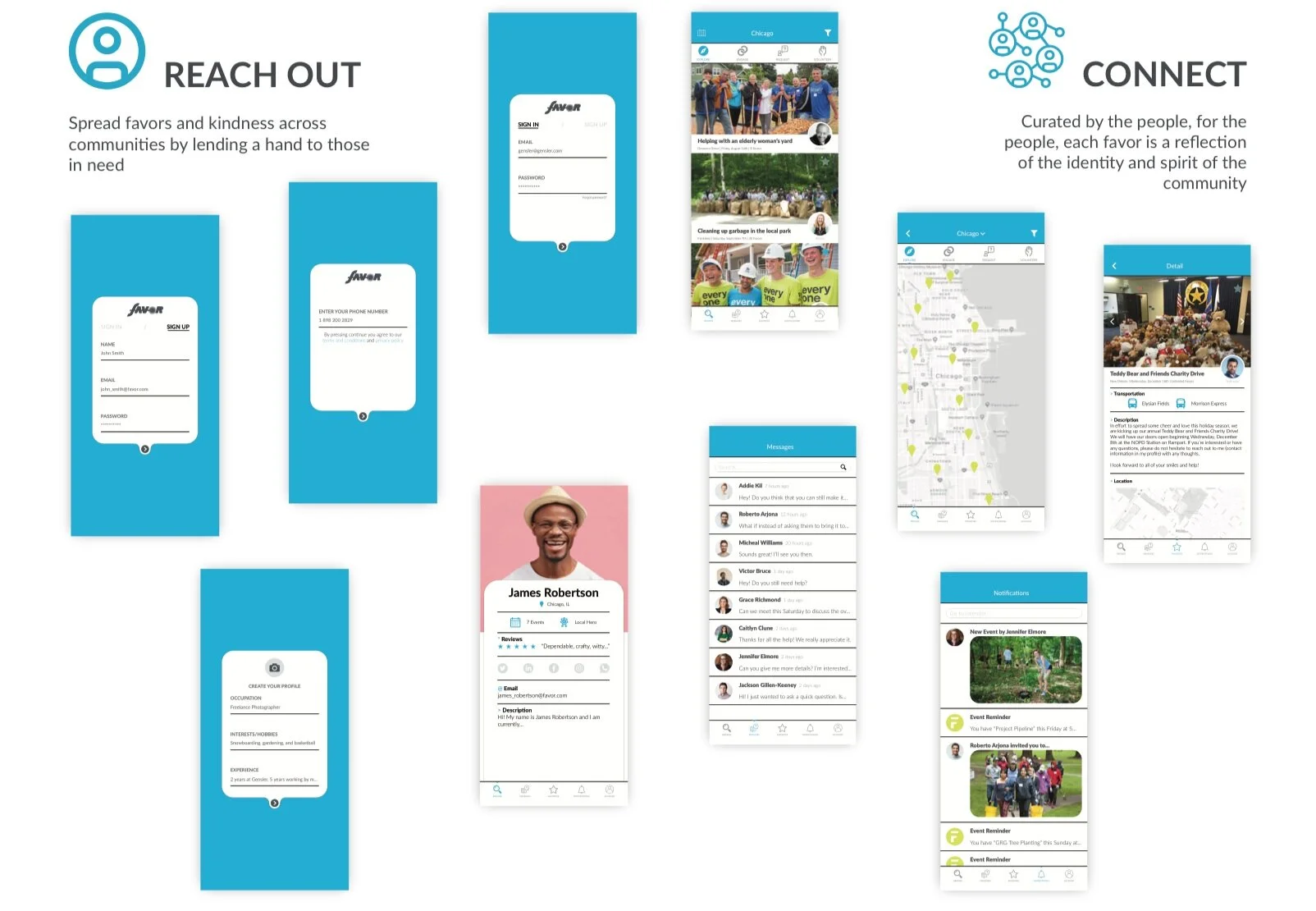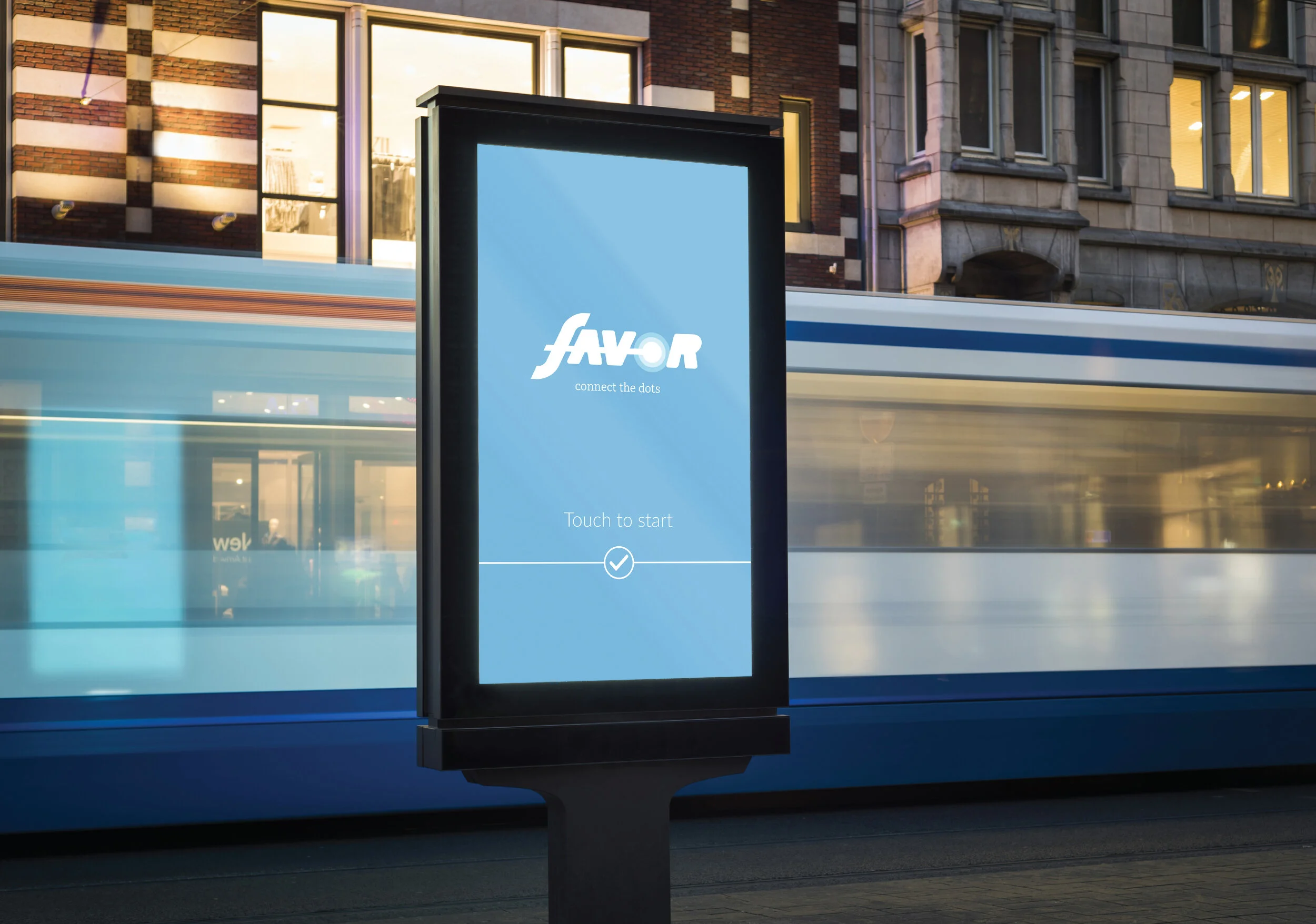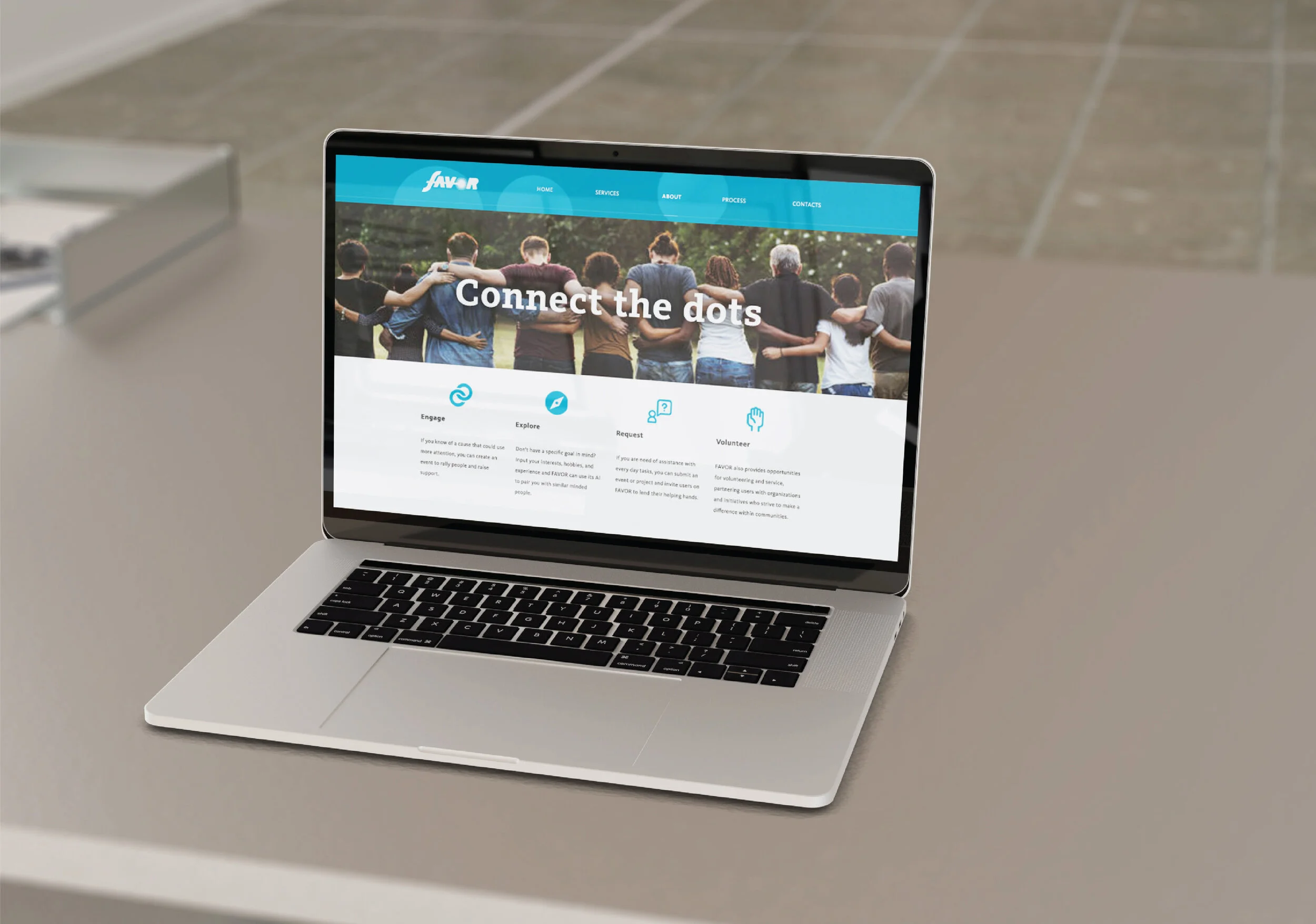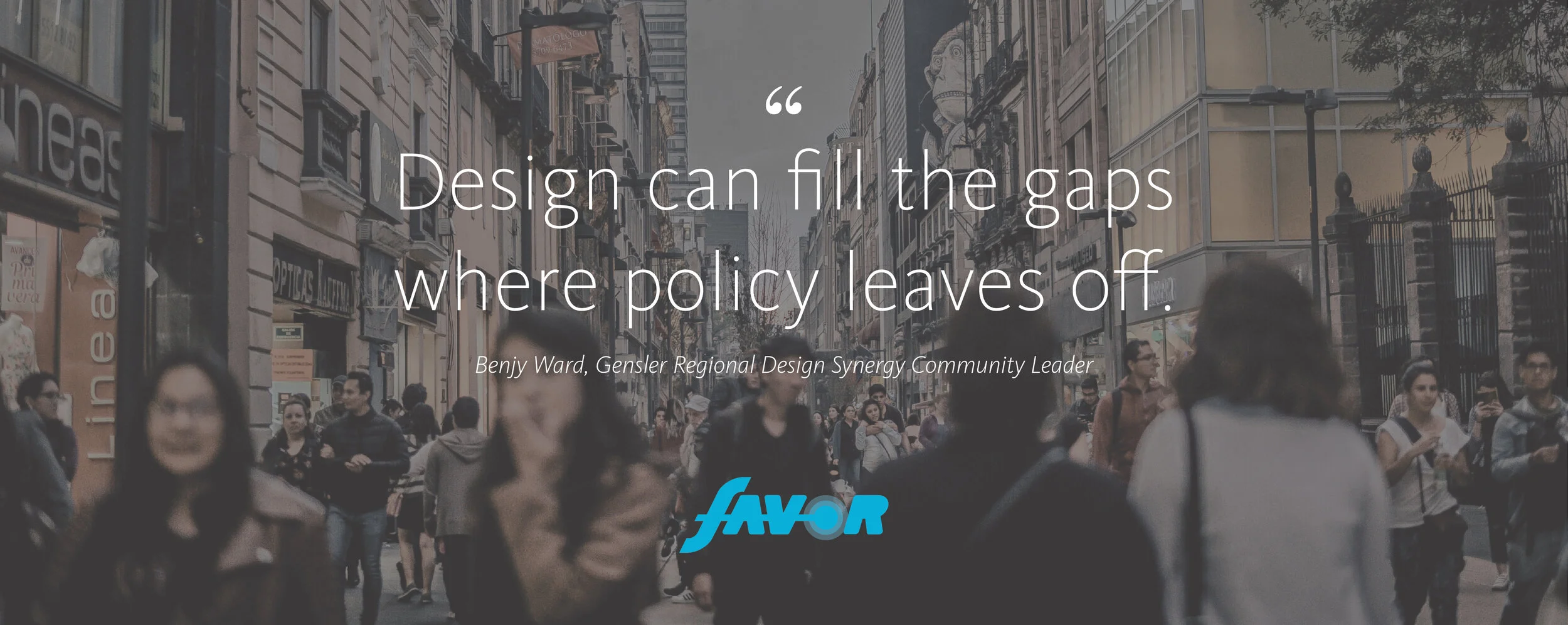GENSLER INTERN RESEARCH
Social Venture Concept
Context
Urban Interventions was a project meant to focus on the mobility of communities in the North Central Region. Presented with the study of transportation that turned into a broader definition of mobility including the movement of people, information, and goods & services within communities.
This project was completed in collaboration with 11 other Gensler interns across 3 midwest cities and different disciplines including architecture, interior design, analytics, and engineering.
The culmination of our efforts was paved by the insightful interactions we had with community leaders, professionals, and community members of various backgrounds. Without them, our process and product wouldn’t be rooted in the idiosyncratic qualities of the community.
Goals
How can we do the most with the least? » Using limited resources and proposing micro-interventions within our cities, how can we truly make the most impact with the least resources used?
Serving the under-served » Through every day work, there tends to be a large focus on servicing large entities. It is our responsibility to take a step back and consider the under-served community within our practice.
Leveraging existing entities » The final intervention will be scalable to all cities, using mass transit as a spring board for equal access to opportunities and resources.
exploration phase
Our team traveled through Chicago , Minneapolis, and La Crosse along four different public transportation lines. Based on secondary research, our groups chose various stops along the lines to explore. Journeying to these stops, we conducted observational research, gathered photo documentation, and spoke to community members. From here, we identified opportunity points for each.
Chicago Red Line: We identified the ‘ingredients’ to commuting i.e. comfort, safety, security, identity, context, way finding, orientation and signage. We focused on three of these stations as they amplified the ingredients of commuting.
Through URBAN interventions, how might we…
Utilize the spaces between buildings and the station?
Establish a connection between communities?
Reinforce a sense of orientation?
Boost the comfort of commuters?
Reflect neighborhood identity?
Chicago Green Line: Through our findings, we came to focus on two stops of the Green Line that were prominent to the most distressed neighborhoods in Chicago.
Through URBAN interventions, how might we…
Support existing initiatives?
Provide a public platform?
Encourage professional development?
Create more green spaces?
Impose education reform?
Minneapolis and La Crosse: Traveling around different neighborhoods we were able to gather valuable insights from a diverse set of locations as well as people. Another perspective into urban living on a much smaller scale. Instead of focusing on the public transit infrastructure, we honed in on the communities themselves.
Through URBAN interventions, how might we…
Decrease the divide between social classes?
Improve access to necessities?
Provide shelter to the homeless?
Promote desegregation?
Experimentation phase
Informed by the exploration phase research and inspired by the communities we explored, Our groups ideated 150 interventions. We then conducted secondary research and developed 9 potential interventions.
we then divided these into 3 categories
Based on Phase 01 insights, we defined mobility as the movement of People, Goods + Services, and Information.
People » Well-being, Safety, Residences, Jobs, Accessibility, Wayfinding, Inclusion, Community, Purpose
Goods + Services » Economic Development, Utilities, Entertainment, Retail, Produce, Sustainability, Green spaces, Waste
information » Education, Public Platform, Community Programming, Media, Technology, Wayfinding
from here, we fully developed 9 interventions
Feedback synthesis we took our 9 interventions and highlighted the positive and negative feedback for each of the interventions. … rather than focusing on the physicality of each idea, we identified the key theme of each intervention.
Execution PHase
After synthesizing the feedback, we began to redefine our mission. Determining that our most thought provoking interventions related to enhancing interconnectivity amongst communities.
persona identification
To further enhance the connection between our interventions and the research we conducted, we interviewed people of varying backgrounds and experiences in Chicago, Minneapolis, and Lacrosse. This helped us directly address their desires and how our final intervention could help piece them all together.
please refer to the full research book for all 10 detailed interviews with community members.
Final Intervention
MISSION
Leveraging mobility to foster interconnectivity between communities through a network of information and resources.
favor connects the dots, bridging communities in a way policy cannot. Striving to connect every resident in the city to one another. Transforming the divided city into a community network centered around providing one another with a helping hand.
PROMOTING DESEGREGATION
Modern cities have become hubs of culture and knowledge. However, within this urban fabric, resources remain just as divided as the people. Public funds are often unfairly allocated. People do not travel outside of their neighborhoods. Residents from opposite sides of a city may never have a conversation with one another. This segregation of resources and people inhibits progress and sustains stereotypes.
HIGH Accessibility
In order to accommodate the various preferred channels of communication, favor has platforms that are available to all. Partnering with public transit systems in US cities provides high accessibility to public kiosks as well, installed in high traffic areas.
PARTNERSHIP
This partnership would ideally also provide free transportation to and from volunteer opportunities.
































